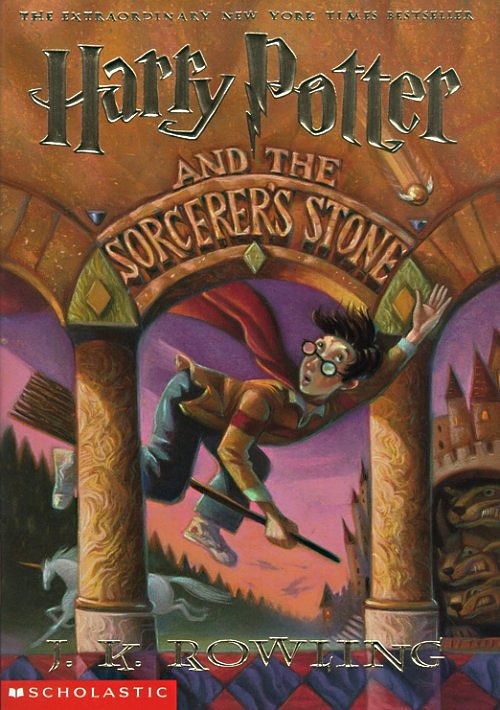 My kids and I are reading the Harry Potter books for the first time. One of the techniques J.K. Rowling uses again and again is this: something is happening, characters are reacting to it, but we readers don’t quite know what is going on. We are catching up. The reason I know this happens again and again is that each time, one of us is saying, “What? What happened?” It almost feels like you spaced out and missed something really significant and exciting. It wakes you up, you lean in, and do the only thing you can do to find out: you read on. Faster.
My kids and I are reading the Harry Potter books for the first time. One of the techniques J.K. Rowling uses again and again is this: something is happening, characters are reacting to it, but we readers don’t quite know what is going on. We are catching up. The reason I know this happens again and again is that each time, one of us is saying, “What? What happened?” It almost feels like you spaced out and missed something really significant and exciting. It wakes you up, you lean in, and do the only thing you can do to find out: you read on. Faster.
It happened last night, in Book Two. Angie was reading in the arm chair. I was lounging on Charlie’s bed, massaging his foot with coconut lotion. Harry’s arm had been broken by a rogue Bludger (sp.?), and after he whisks over anyway to get the Golden Snitch and win the game for Gryffindor, he lands his broom and Professor Lockhart begins to work a spell on his limp arm. Next thing we know, we read:
“‘Ah,” said Lockhart. ‘Yes. Well, that can happen sometimes.'”
I sat up. “What happens?”
“We don’t know,” Angie said. She kept reading. Lockhart goes on to suggest that Harry “just toddle up to the hospital wing,” fussing about who will accompany him. Harry gets up, feels lopsided, takes a deep breath and looks down at his arm. It looks like a rubber glove. At last, the revelation comes (after the action and the image): “Lockhard hadn’t mended Harry’s bones. He had removed them.”
Note the order there:
1) Expectation/ controversy about attempted action.
2) Comforting remark about surprising result (without revealing that result). Uh oh—that comforting remark alerts and alarms the reader.
3) Logistical business in dialog that does not answer the question: what happened?!
4) Image/ concrete detail about the area in question. Note that this is also not the answer to what happened but another clue in action, through scene and sensate detail.
5) Verbal revelation of what has happened.
And then—the story moved forward to what has to happen next, in this escalated situation. A new, heightened response is required. Hence, the story builds.
Try this at home: write a scene in which something significant happens and amid all the action and event and imagery of the scene, the reader does not know what it is until the last line.
